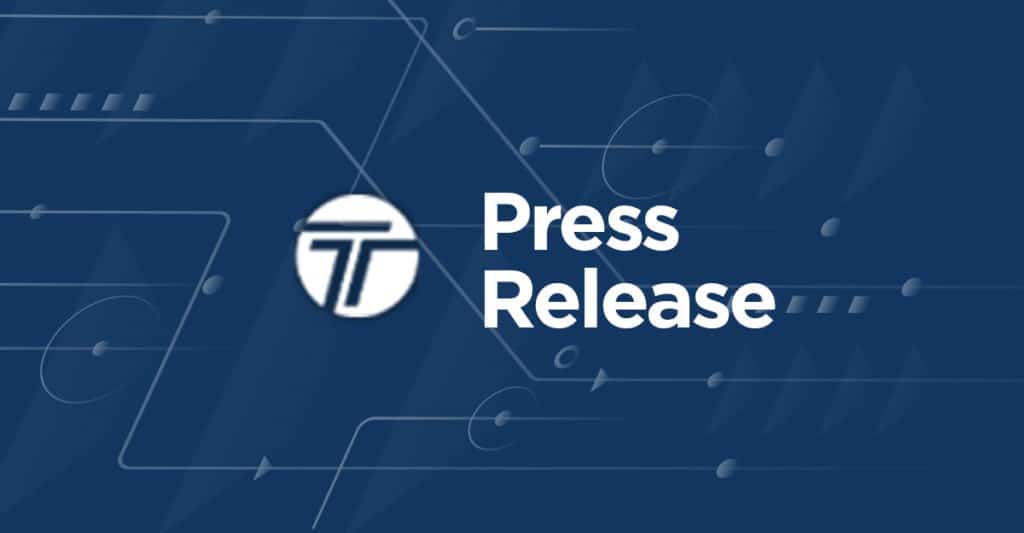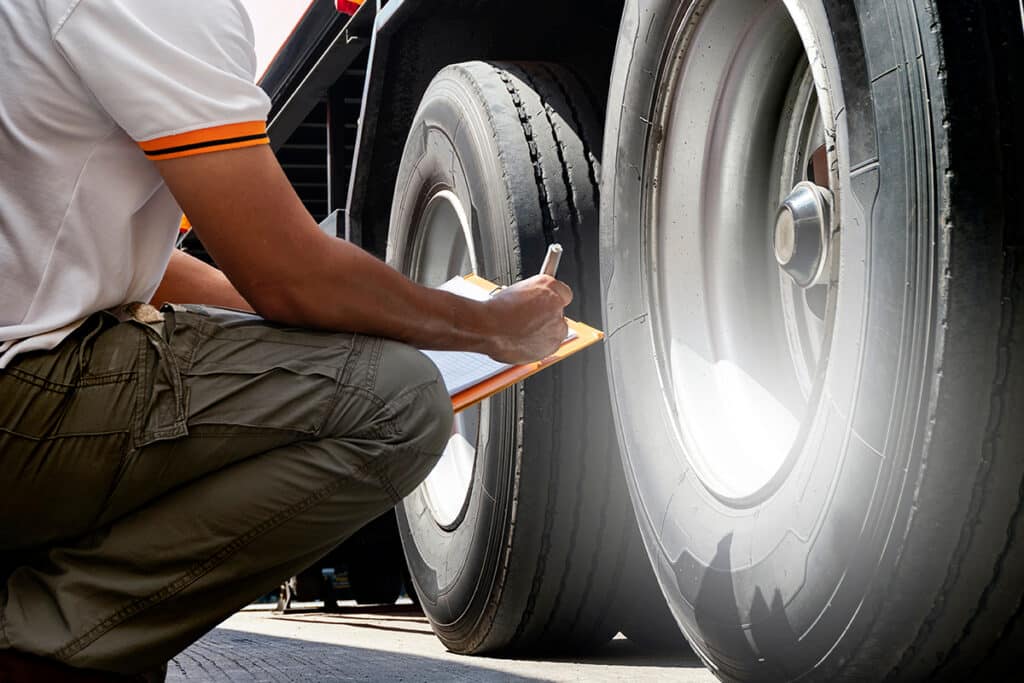What to Expect in 2024
In 2024, DOT Blitz will take place from May 14-16 and will feature two focus areas: tractor protection systems and alcohol and controlled substance possession. This means that inspectors will pay particular attention to the condition of tractor safety features such as brakes, tires, lights, and steering components. Additionally, there will be heightened scrutiny on drivers’ compliance with regulations related to alcohol and controlled substance possession.
Focus #1 – Tractor Protection Systems
Understanding the commercial motor vehicle’s tractor protection system is essential for ensuring safe operation. This system includes key components such as the tractor protection valve, trailer supply valve, and anti-bleed back valve, which are fundamental for maintaining vehicle safety and functionality. Thorough testing of these valves during both driver’s trip inspections and inspector’s roadside inspections is necessary to comply with safety regulations.
During the inspection process, inspectors will follow a detailed procedure to verify compliance, as outlined in the International Roadcheck 2024 flyer:
- Ensure Wheel Chocks and Brake Release: Inspectors will confirm that wheel chocks are in place and instruct the driver to release all brakes by pressing dash valves.
- Gladhand Removal and Air Release: Drivers will carefully remove the gladhands, allowing air to escape from the system.
- Check for Air Leaks: Inspectors will ensure that air stops leaking from the supply line, with at least 20 psi remaining, and listen or feel for any leaking air at the gladhand couplers on the trailer.
- Request Full Brake Application: Drivers will be asked to perform a full-service brake application.
- Inspect Air Lines: Inspectors will listen or feel for leaks from both air lines, ensuring the integrity of the entire braking system.
By meticulously following this inspection protocol, inspectors aim to uphold safety standards and minimize the risk of accidents due to malfunctioning tractor protection systems. Shippers and carriers should ensure that drivers are well-trained and equipped to undergo these inspections with confidence and compliance.
Focus #2 – Alcohol and Controlled Substance Possession
As carriers, it’s important to understand the significance of controlling substance and alcohol possession among commercial motor vehicle drivers. The increasing number of prohibited drivers in the U.S. Drug and Alcohol Clearinghouse (DACH) underscores the importance of adhering to regulations to ensure the safety of all motorists on our roadways.
During inspections, inspectors will be vigilant in detecting any signs of alcohol or controlled substance use among drivers, as outlined in the International Roadcheck 2024 flyer. Here’s what you need to know about the inspection process:
- Observation for Signs of Impairment: Inspectors will carefully observe drivers for any behavioral or physical indicators of alcohol or controlled substance use and impairment.
- Examination of Cab and Trailer: Both the cab and trailer will be thoroughly examined for any indications of alcohol or controlled substances to ensure compliance with regulations.
- Query in the U.S. Drug and Alcohol Clearinghouse (DACH): For inspections conducted in the United States, inspectors will perform a query in the DACH to check for any records of alcohol or controlled substance violations by drivers.
By understanding and complying with these inspection procedures, carriers can play a vital role in promoting safety on our roadways. Prioritizing education and adherence to alcohol and controlled substance policies among drivers is essential for ensuring compliance and maintaining a safe operating environment for all.
What Shippers Can Expect
During this week, shippers can typically expect some impact on transportation capacity and pricing within the freight market. Here are some factors to consider:
- Potential Tightening of Capacity: With increased enforcement activities during DOT Week, carriers may allocate additional resources to ensure compliance with safety regulations. As a result, there could be a temporary tightening of capacity in the freight market as carriers prioritize compliance and may be more selective with the loads they accept. Shippers should be prepared for potential delays in securing transportation capacity for their shipments.
- Impact on Pricing: The tightening of capacity during this week can also lead to upward pressure on freight rates in the spot market. Carriers may seek to offset any potential productivity losses resulting from increased inspections and compliance efforts by adjusting their pricing strategies. Shippers should anticipate the possibility of higher transportation costs during this period, especially for last-minute or urgent shipments.
- Potential for Delays: Increased enforcement activities during DOT Blitz Week may result in more frequent roadside inspections and potential delays for commercial vehicles. Shippers should factor in the possibility of delays when planning their shipments and communicate effectively with carriers to mitigate any disruptions to their supply chains.
Overall, while DOT Week may lead to temporary challenges in capacity and pricing, proactive planning and effective communication between shippers, carriers and partners can help minimize the impact on operations and ensure seamless operations during this period.
How Carriers Can Prepare
- Conduct Thorough Fleet Inspections: Prioritize thorough inspections of your fleet well in advance of DOT Blitz Week. Pay particular attention to tractor protection systems, including brakes, tires, steering components, and other critical safety features. Address any maintenance issues promptly to ensure that your vehicles are in compliance with safety regulations during inspections.
- Provide Driver Training and Education: Invest in comprehensive training for your drivers on compliance with alcohol and controlled substance regulations. Emphasize the importance of adhering to company policies and regulatory standards, especially during this week’s inspections. Ensure that drivers are aware of the specific focus areas announced for 2024 and are prepared to demonstrate compliance during roadside inspections.
- Prepare Documentation and Records: Organize and prepare all necessary documentation and records well in advance of DOT Blitz Week. This includes driver logs, inspection reports, maintenance records, and any other relevant paperwork. Ensure that documentation is accurate, up-to-date, and readily accessible for inspection by enforcement officials. By having thorough documentation prepared, carriers can streamline the inspection process and demonstrate compliance with regulatory requirements.
Ready to navigate DOT Blitz Week 2024 with confidence? By understanding the significance of this event, preparing for specific focus areas, and collaborating effectively between shippers and carriers, businesses can ensure compliance and promote safety. Implement proactive measures such as reviewing compliance protocols, conducting fleet inspections, and providing driver training to minimize the risk of violations.
Have questions or need further assistance? Reach out – we’re here to help!




